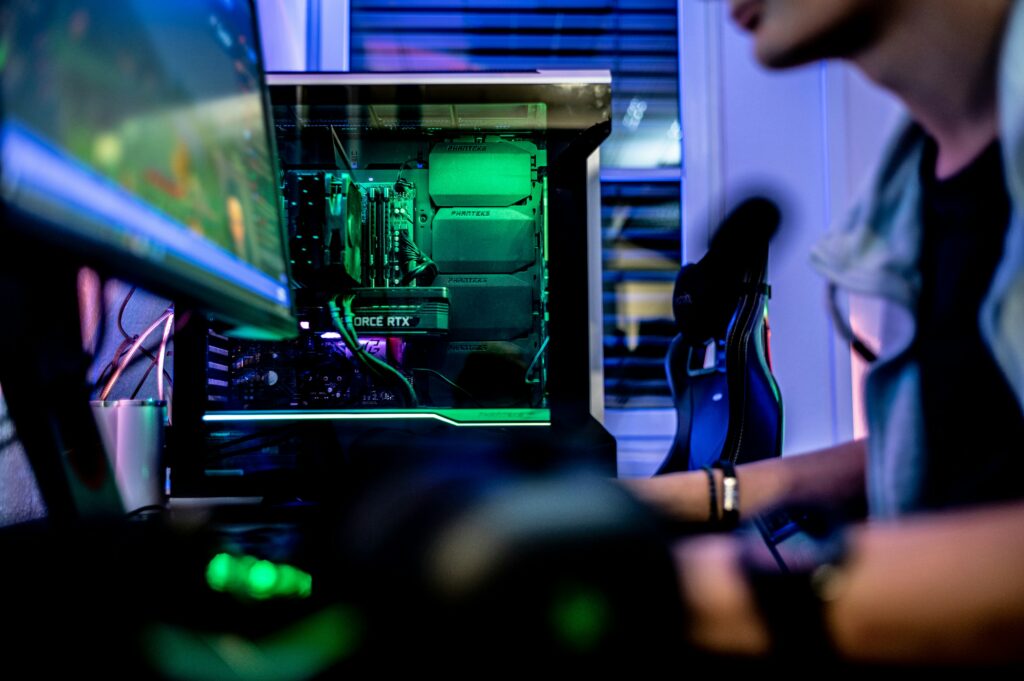The year 2024 marks a pivotal moment in technology with the official unveiling of the AI PC. Major players like Intel, AMD, and Qualcomm are leading this charge, embedding dedicated Neural Processing Units (NPUs) directly into their latest processors. Intel’s Core Ultra chips, launched in late 2023, and Qualcomm’s highly anticipated Snapdragon X Elite series, powering a new wave of Windows laptops, are prime examples. These aren’t just incremental upgrades; they represent a fundamental shift, moving complex AI workloads from distant cloud servers to the local device. This allows for faster, more private, and more efficient execution of AI-powered tasks, from real-time language translation and enhanced video conferencing to advanced image editing and predictive user interfaces. This on-device AI capability promises to redefine our interaction with personal computing, making our devices more intuitive and responsive than ever before.
Beyond Speed: The Tangible Benefits of On-Device AI
The allure of the AI PC extends far beyond raw processing speed. Industry reports, such as those from IDC, predict a significant surge in AI PC shipments, anticipating millions of units hitting the market in the coming years. This growth is driven by compelling advantages. Firstly, privacy is significantly enhanced as sensitive data processing remains on the device, reducing the need to send information to the cloud. Secondly, latency is drastically cut, leading to near-instantaneous responses for AI-driven applications. Imagine real-time transcription or background noise cancellation without any noticeable delay. Thirdly, efficiency gains are substantial. Offloading AI tasks to a dedicated NPU frees up the CPU and GPU for other operations, extending battery life and improving overall system performance. These advantages combine to create a more seamless and powerful user experience, particularly for those engaged in creative work, data analysis, or simply everyday productivity.
Reshaping Industries and Empowering Users with Smart Hardware
The ripple effect of AI PCs is set to transform various industries. For content creators, AI-powered tools will offer unprecedented capabilities, from automatic video editing suggestions to intelligent image upscaling, democratizing professional-grade production. Businesses will benefit from more robust on-device security features and AI assistants that can analyze local data for insights without cloud exposure. The gaming industry could see dynamic NPCs and procedural content generation taking realism to new heights. For developers, the rise of powerful NPUs opens up a new frontier for creating innovative applications that leverage localized AI, sparking a new wave of software development. As detailed in our related article on AI in Generative Art Tools, the creative potential unlocked by these advanced systems is immense, pushing the boundaries of what was previously possible on consumer hardware.
The Road Ahead: Expert Predictions for the AI PC Landscape
Looking to the future, industry experts foresee the AI PC evolving into an even more integral part of our digital lives. Analysts at Gartner suggest that by 2025, over 80% of new PCs will have some form of AI capabilities. The integration of generative AI directly onto these devices is expected to become standard, allowing users to create complex content, code, or even design elements with simple prompts, all processed locally. This shift will not only make computing more personalized but also more adaptive. Future iterations might see deeper integration with augmented reality (AR) and virtual reality (VR) headsets, creating immersive experiences powered by on-device intelligence. Challenges remain, including optimizing software to fully leverage NPU capabilities and educating users on the new paradigm. However, the consensus is clear: the AI PC is not a passing trend but the foundational hardware for the next decade of smart computing, promising a future where our devices truly understand and anticipate our needs.

